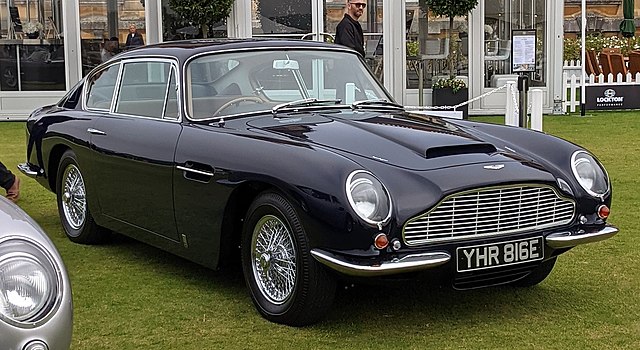
The Aston Martin DB6 stands as a hallmark of British automotive design and engineering, emblematic of luxury and performance. Produced between 1965 and 1971, this model continued the lineage of distinguished sports cars by Aston Martin. Renowned for its elegance and power, the DB6 was developed as an improvement over its predecessor, the DB5, which gained fame as James Bond’s car of choice.
This article delves into various aspects of the DB6, exploring its design, performance, variations, reception, and legacy.
Overview and Development
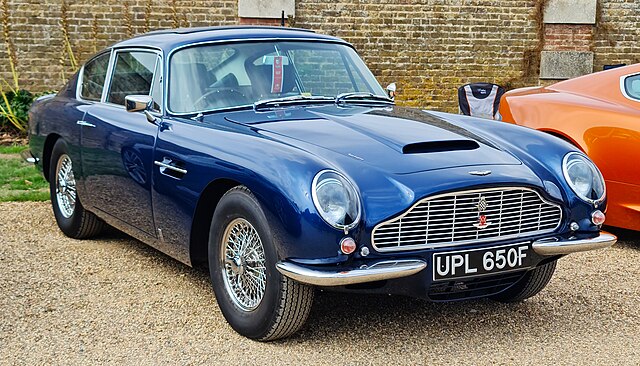
The Aston Martin DB6 debuted at the 1965 London Motor Show, conceived as an evolution rather than a revolution of the DB5. It was produced in the traditional Aston Martin factory in Newport Pagnell, England.
The main objective behind the development of the DB6 was to provide more interior space and improved aerodynamics, without compromising the car’s renowned performance and aesthetics.
Engineers at Aston Martin extended the wheelbase by 3.75 inches compared to the DB5, which resulted in increased rear legroom. The rear of the car also featured a first for Aston Martin – a Kamm tail, which reduced lift and drag, thereby enhancing the car’s stability at high speeds.
Additionally, the DB6 marked the introduction of optional power steering and air conditioning, features aimed at improving driver comfort and control.
The design process was meticulous, with a focus on refining the car’s balance between sports performance and everyday usability. This approach ensured that the DB6 remained true to the brand’s grand touring ethos, while advancing in terms of practical enhancements.
Design and Styling
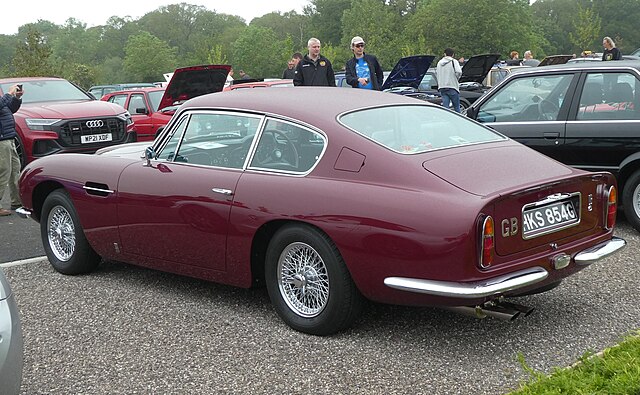
Visually, the Aston Martin DB6 is distinguished by its elegant yet assertive styling. The car retained the general look of the DB5 but introduced modifications that enhanced its aerodynamics and passenger comfort. The most notable change was the adoption of the aerodynamically efficient Kammback tail, which differentiated it from its predecessors.
The interior of the DB6 was luxuriously appointed, featuring fine leather and walnut trim. The additional space in the rear was a significant improvement, making the DB6 a more practical choice for longer journeys or for those with families. The overall aesthetic continued to reflect Aston Martin’s dedication to craftsmanship and quality, with each vehicle being hand-built.
Exterior options included wire wheels and a variety of paint colors, allowing buyers to customize their cars to suit personal tastes. This level of customization was part of Aston Martin’s appeal to a discerning clientele who valued both performance and style.
Performance and Engineering
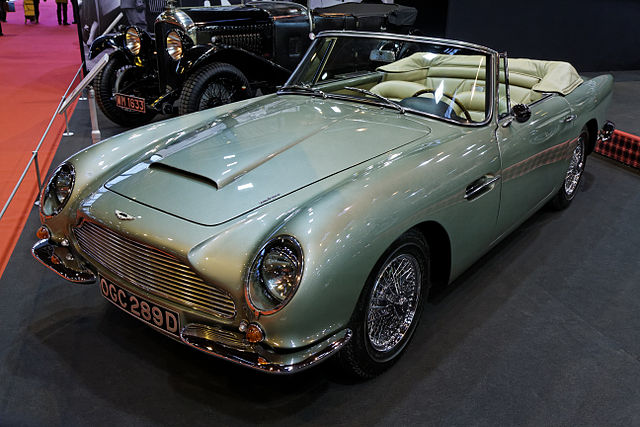
Under the hood, the Aston Martin DB6 featured a 4.0-liter inline-six engine, capable of producing up to 282 horsepower with a standard ZF five-speed manual gearbox. An automatic Borg-Warner DG transmission was also available as an option. This powertrain enabled the DB6 to achieve a top speed of approximately 150 mph (241 km/h) and to accelerate from 0 to 60 mph in just under 6 seconds.
The suspension setup of the DB6 was also refined to improve ride quality and handling. The front used coil springs and wishbones, while the rear featured a live axle with trailing arms and coil springs, supported by a Watt’s linkage. These enhancements contributed to a smoother and more stable driving experience, even at high speeds.
The braking system consisted of servo-assisted disc brakes on all four wheels, ensuring that the car maintained ample stopping power. The integration of these advanced features underscored Aston Martin’s commitment to combining high performance with reliability and safety.
Variants and Special Editions
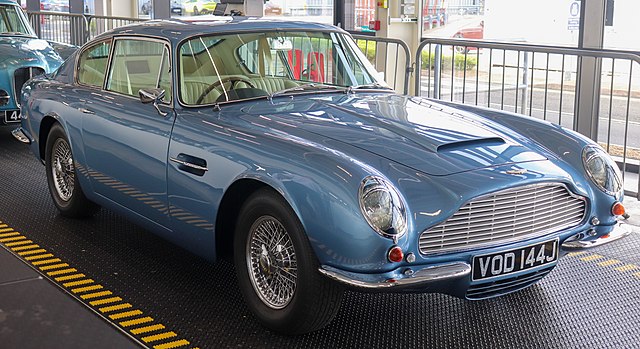
The DB6 range included several variants that catered to different tastes and requirements. The most notable was the DB6 Volante, introduced in 1966, which was the convertible version of the coupe. The Volante offered the same levels of performance and luxury but with the added appeal of open-air driving.
Another significant variant was the DB6 Mk II, introduced in 1969. This version featured wider tires and flared wheel arches to accommodate them, giving the car a more muscular appearance and better road handling capabilities. The Mk II also saw improvements in the interior, such as optional headrests and redesigned seats for better comfort.
A very limited number of high-performance versions, known as the DB6 Vantage, were equipped with a tuned engine producing 325 horsepower. This variant provided even more impressive acceleration and top speed, making it a rare collector’s item today.
Legacy and Collectability
Today, the Aston Martin DB6 is revered as a quintessential British sports car and a symbol of automotive elegance from the 1960s. Its blend of performance, style, and luxury has ensured its enduring appeal, making it highly sought after by collectors. The car’s association with the James Bond image adds to its mystique and desirability.
A well-maintained DB6 can command high prices at auctions and is often seen gracing the lawns at classic car shows around the world. Its legacy is also reflected in the continuous appreciation of Aston Martin’s values of craftsmanship and performance, influencing the design and development of future models.
The Aston Martin DB6 remains a testament to the brand’s ability to evolve without losing sight of its heritage, ensuring its place in the pantheon of classic car legends. Its blend of aesthetics, innovation, and performance continues to captivate enthusiasts and collectors, making it a proud standard-bearer of Aston Martin’s distinguished history.
